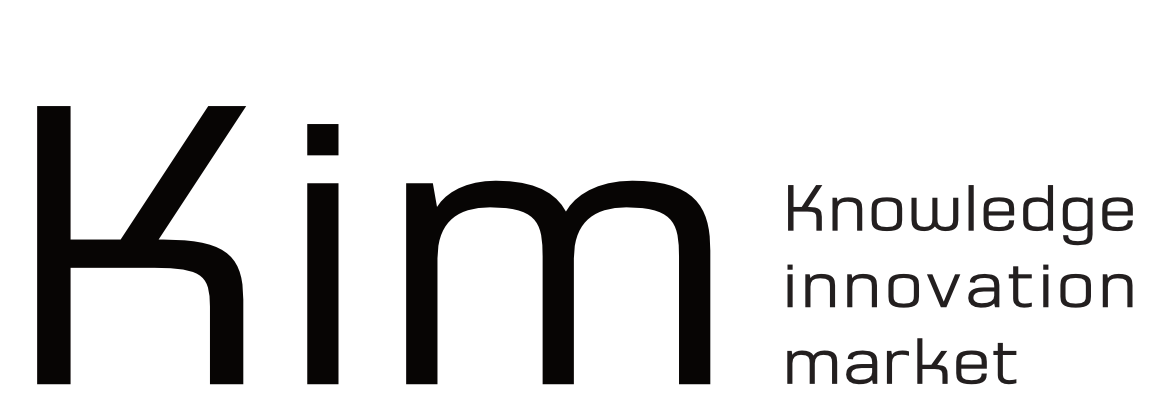Francisco Velasco, Director of Strategic Development for KIM and Executive Director of MRI, regularly publishes interesting reflections on our field of activity on his personal page. Below we reproduce one of those articles that you can also read on his website.
Since Henry Chesbrough originated the term “Open Innovation” (Chesbrough, 2003), technology transfer has been often understood as a lineal process, where one side represents the “supply of technology” (technologies and know-how resulting from R&D activity and typically developed by universities, technological institutes and other knowledge generators), and the other side the “demand of technology” (normally represented by the enterprises, the market). This vision assumes that working on the prioritisation and evaluation of technology portfolios allows to identify potential applications, and by setting the right protection mechanisms a researcher may be able to find potential buyers of the technology.
The reality beyond this model is that results are poor, and according to some estimates only 1% to 5% of R&D results reach the market and remains as a viable product/process for a period of 2-5 years.
The big issue lies in assuming that technology transfer is a lineal process addressed from the “supply” side (i.e., the technologies that are to be sold), while technology transfer should be understood as a circular process, where the focus shall be placed on the “demand” side, the market needs. The figure below explains this approach:

Following the proposed model above, technology transfer shall start with co-creative field work conducted with enterprises and assisted by experts, to re-evaluate their value chains, their products and their business models, aiming at defining specific industry challenges or needs. Such “needs”, shall be marketed adopting appropriate communication strategies, targeting technology suppliers that are able to provide incremental solutions and get involved in a participative process with the buyer to adapt the solution to the specific need.
This approach challenges the settled logic of starting technology transfer work with the categorisation and prioritisation of technology portfolios, and the design of technology catalogues; and suggest to take a similar approach with the “needs”, thus conducting a categorisation and prioritisation of product/process improvement needs, and developing needs catalogues, that shall be framed in a form that the scientific community is able to understand.
I believe that the greatest mistake in the technology transfer business, has been assuming that is ruled under the same logic than traditional product sale (if I am willing to sell a product, I prepare some advertising material and target potential customers –sometimes with some previous user research-). However, technology and innovation requires a different approach because the purchasing driver is not emotional or physical, but a business need. Thus the sales cannel cannot be a catalogue that explains the technology, but a working process with the company to understand how they could earn more or avoid losing money by acquiring a new technology; and the greatest challenge lies in translating this information into a language that is understood by knowledge generators. This way, we are able to focus marketing on finding “sellers” (technology suppliers) instead of finding “buyers” (companies willing to buy technologies), thus simplifying and improving success probabilities. A basic principle to continue developing and investigating further!
REFERENCES
- Chesbrough, H. W. (2003). The era of Open Innovation. MIT Sloan Management Review, 44(3), 35–41.





